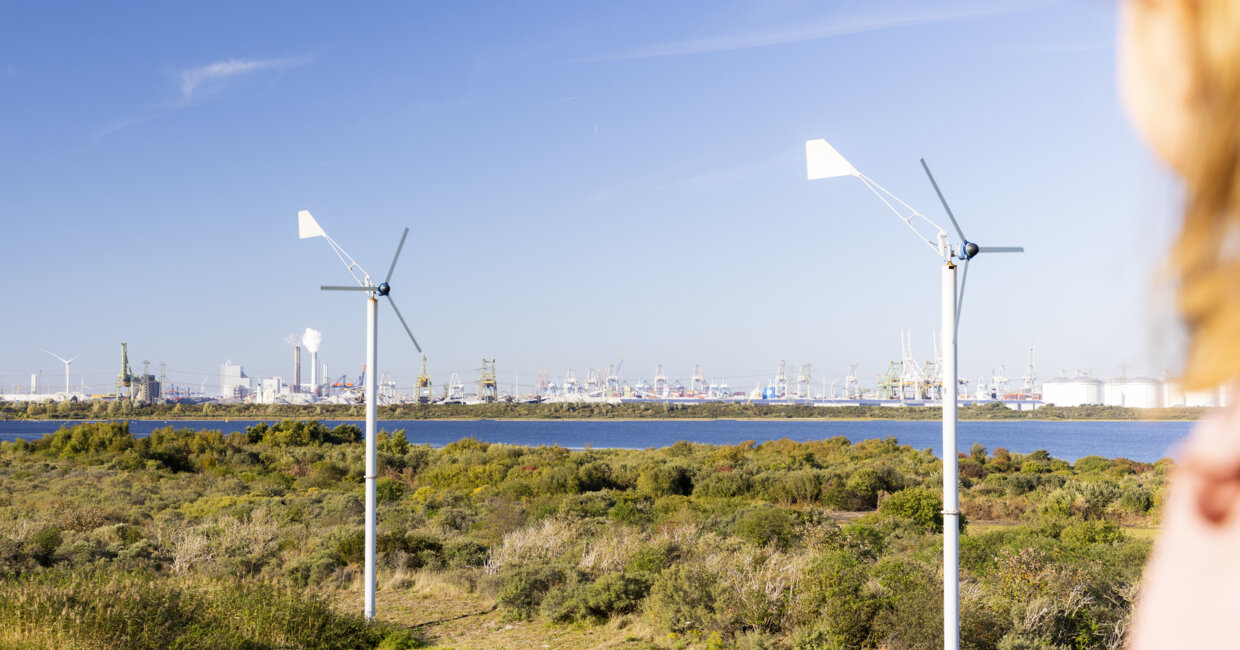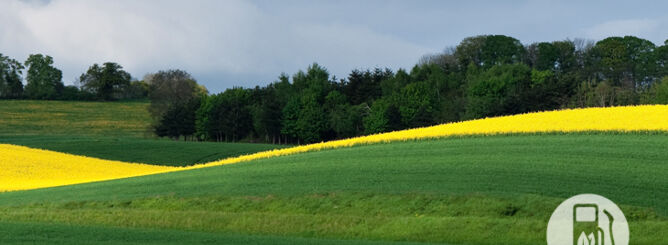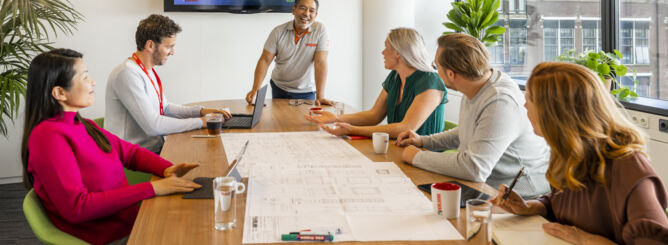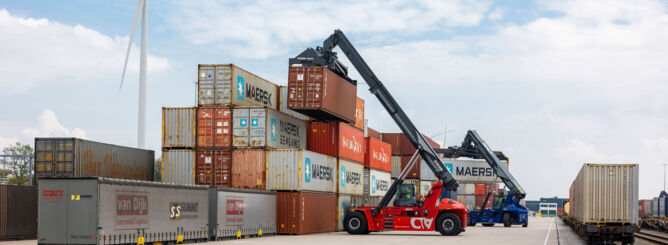Join Port of Aalborg and DFDS on the road to going green
Worldwide, supply chains are crying out for an answer to tackle carbon emissions. As part of the Green Chair LIVE event, Kalmar’s Senior Manager of Terminal Design Services, Christopher Saavedra, invited Port of Aalborg and DFDS to share their experiences and key considerations on how best to navigate the green transition journey.
There are many operational, environmental and financial factors to consider when faced with the complexities of designing a future proof terminal for some of the world’s busiest ports. These include the type of project, the current way of working and labour requirements, and the availability of the electric infrastructure. Energy costs, local renewable resources, legislation, timelines, and carbon taxation also have an equally essential role to play.
Everything, everywhere, all at the same time
Terminals need to be efficient, flexible and scalable, emission free, and safe. The main challenge is how to manage all four aspects at the same time.
Jesper Raakjær, Group Chief Visionary Officer, and Søren Bæk Christensen, Director of Operations at Port of Aalborg, shared their thoughts on approaching the task of decarbonisation.
“We have to collaborate in the entire logistic chain,” says Jesper. “We have to find a solution that fits the different terminals. What is good for one might not work otherwise and vice versa, so I think that close collaboration in the entire logistic chain, that’s the way forward […] And then of course, it has to be green transport.”
Operationally, transitioning to new technologies must be implemented carefully to mitigate operational disruptions. Decarbonising should not increase costs for terminals or result in lower return on investments. While meeting environmental targets requires an investment plan matching decarbonisation pace.
“Our challenge is the size of our terminal,” Søren explains. “We are starting from very low numbers of containers, but our research shows that the potential is out there, and we have already experienced an increased demand for local green logistic solutions.”
Fully charged for the future
Kristoffer Kloch, former Innovation & Partnerships Project Manager from DFDS, agrees that keeping all targets aligned is no easy task: “It doesn’t make sense to only go green – we also have to go smart.” Echoing Jesper and Søren’s thoughts, Kristopher notes that flexibility is key to achieving this. “One solution doesn’t fit all. If we try to shove a solution into another context, that’s not going to work. We need very wide collaboration. We need to come together like we’ve never come together before.”
For DFDS, it’s about understanding shift patterns and local agreements to accurately map current processes and workflows. It’s also about understanding the future way of working by identifying infrastructure requirements, locating charging stations, and validating the operational KPIs. Electrification and using Kalmar’s Eco Reachstackers offers DFDS an immediate reduction in emissions.
Three stages, one vision
With lots of different opportunities to increase the eco-efficiency and automation of terminals, intermodal, and depots, the Kalmar design process helps you go green in three stages.
“First, we investigate by identifying pain points and operational limitations,” states Christopher Saavedra. “We then qualify with a full range of layout options and business case calculations, as well as a high-level delivery and project plan. Lastly, we demonstrate the terminal design with simulations and 3D modelling, before testing systems integration.”
Brownfield conversions and decarbonization roadmaps involve meticulous planning, most likely featuring a hybrid mix of green and conventional handling equipment. To design future proof terminals for Port of Aalborg, DFDS and other customers, Kalmar’s extensive simulation and emulation verify every assumption, supported by a 360-degree perspective on value creation. If you are interested in learning more, check out our whitepaper.



